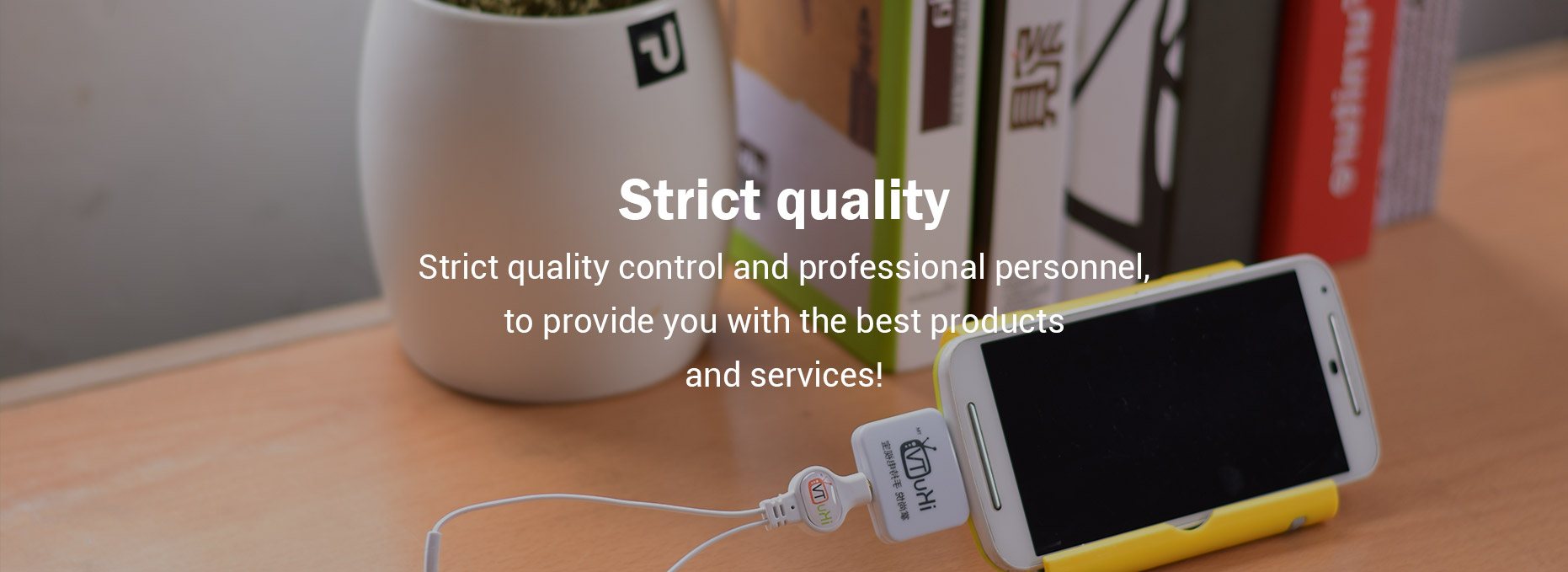Understanding Capacitive Coupling Circuits: A Beginner's Guide
Understanding capacitive coupling circuits refers to the method of using capacitors to transmit signals between different parts of a circuit while isolating the DC components. This technique is integral in various electronic applications, ranging from audio equipment to radio frequency communications. The underlying principle is a result of the fact that capacitors allow alternating current (AC) signals to pass while blocking direct current (DC), which helps in preventing unwanted noise and interference in the signal processing chain.
Want more information on Capacitive Coupling Circuit? Feel free to contact us.
The origin of capacitive coupling can be traced back to the early days of electronics, where engineers sought ways to improve signal integrity in communication systems. By connecting different stages of circuits through capacitors, they could enhance the performance of amplifiers and other components, paving the way for clearer and more reliable signal transmission. This method quickly became a staple in circuit design, evolving as technologies advanced and the need for sophisticated electronic devices grew.
When delving deeper into capacitive coupling circuits, we find that the argumentation surrounding their utility is robust. Capacitive coupling provides several advantages, such as minimizing the risk of feedback loops and ground loops, which can distort signals. Additionally, it allows for impedance matching between different circuit stages, ensuring maximum power transfer. The ability to isolate specific portions of a circuit while maintaining overall functionality has made capacitive coupling an invaluable technique in both analog and digital applications.
The significance of capacitive coupling circuits extends well beyond theoretical implications; they have a profound impact on practical electronics. For instance, in audio systems, capacitive coupling helps eliminate low-frequency noise typically associated with power sources. In radio transmitters, these circuits ensure that signals can be modulated and transmitted effectively without interference from other components in the system. Overall, they play a crucial role in maintaining the integrity of electronic communications.
In terms of design and implementation, understanding capacitive coupling circuits is imperative for engineers and hobbyists alike. For those entering the field, grasping the concept of how capacitors work in this context can lead to better design strategies and improved circuit functionality. While it may seem complex at first, practical experimentation with capacitive coupling will reveal its elegance and efficiency in real-life applications.
Moreover, advancements in technology continue to refine the uses of capacitive coupling circuits. With the rise of compact and high-frequency devices, the design considerations for capacitive coupling have evolved, optimizing performance across various applications. Innovations such as surface-mount capacitors and integrated circuit designs have allowed for even more compact and efficient circuit layouts, demonstrating the ongoing relevance of this technique in modern electronics.
In conclusion, understanding capacitive coupling circuits is essential for anyone involved in electronics, from beginners to seasoned professionals. This technique serves as a foundation for constructing reliable and effective electronic systems, enabling the development of everything from simple gadgets to complex communication networks. As technology progresses, the principles of capacitive coupling will likely continue to adapt, ensuring their place in the future of electronic design and innovation.
If you want to learn more, please visit our website What Is The Difference Between A Bushing And A Bearing.
None



Comments